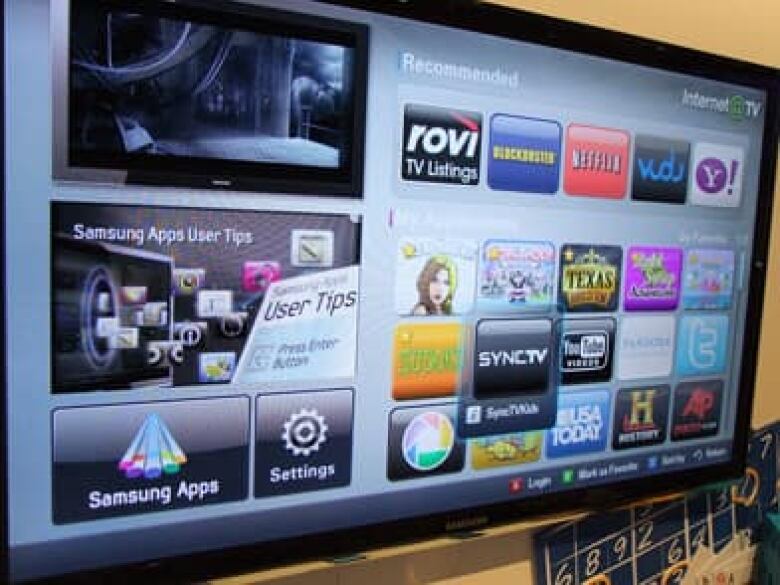Marrying 3D TV and the internet
Even before the doors opened here, the key buzzword on so many lips was 3D.
Just about all the big television manufacturers are touting 3D as the next evolution in home entertainment. But they are also considerably focused on the increasing convergence of television and the internet.
Here at the 2010 Consumer Electronics Show in Las Vegas, both LG Electronics and Panasonic announced support for Skype video calls in high-definition on their internet-enabled TVs, which are coming out this year.
Skype has confirmed that as many as one-third of all its calls are video and it went on to say that the software and technology is now ripe for the bigger screen, where participants can look more crisp and lifelike.

Perhaps the bigger announcement came from Samsung, which unveiled Samsung Apps, an application and widget store that will be rolled out in the spring for its line of LED and 3D TVs.
The addition of a TV-based app store is meant to bridge any gap between mobile devices and television.
According to Tim Baxter, president of Samsung Electronics America, " Samsung devices will connect to each other like never before."
Free apps
The app store will launch in the spring with an initial "batch of free apps."
Samsungsays it will be the first "multi-platform" app store and will offer downloads for Samsung mobile phones, TVs, Blu-ray players and possibly other devices after the initial rollout.
No details on pricinghave been revealed, though Baxter did say that the store will have an open architecture, meaning that Samsung will supply the developer kit to those interested in creating applications for inclusion in the store.
It is not clear at this point if there will be any applications created purely for Canadian viewers.
Sharp stuff
For its part, Sharp announced that its internet-connected AQUOS Net service will offer streaming content directly to TVs using Netflix.

Sharp was the first to launch live tech support through AQUOS Net, in which a technician can help troubleshoot or calibrate a consumer's TV by taking over the controls while speaking over the phone. No update or enhancement to that was announced at CES.
LG announced that its Blu-ray players will be embedded with DivX TV, software made by the company that created and popularized the DivX media format.
The software is meant to aggregate and organize media from popular sites so that you can view them in a channel-like format.
Although other manufacturers may adopt DivX TV, LG has the exclusive rights for the initial launch expected this spring.
Some limitations
However, while manufacturers are clearly committed to internet applications and functionality on television, there are limitations that may not sit well with some consumers.
For example, while TVs are Wi-Fi-enabled, they won't necessarily play nice with every home network.
In other words, it doesn't seem possible to wirelessly stream content from a PC or Mac directly to the TV without the need for third-party hardware or software. As a result, vendors are limiting access to whatever content-partnerships have been established.
Tech analyst Amit Kaminer, of the Seaboard Group in Toronto, says there are a number of reasons why TV manufacturers may be shying away from a more open level of connectivity.
"There are functional, business, and cost-related reasons for TV manufactures not to lead" streaming content from the home network, Kaminer says. "Vendors also manufacture DVD and Blu-ray players and video game consoles.
"And they are in some way involved with content production and distribution, so infringing on those takes revenues away from the content they own."
Consumers can expect to paya premium of a few hundred dollars for 3D-enabled TVs and then more again for internet streaming, which may dim the appetite for many, Kaminer suggests.












_(720p).jpg)


 OFFICIAL HD MUSIC VIDEO.jpg)
.jpg)



























































































